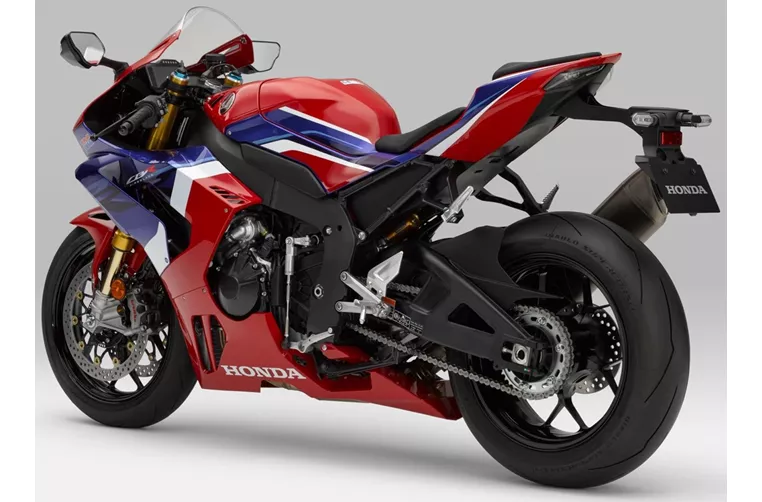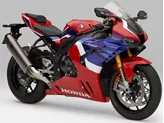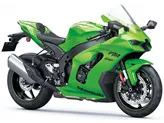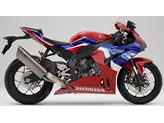Yamaha R1 2014 vs. Honda CBR1000RR-R Fireblade SP 2020

Yamaha R1 2014

Honda CBR1000RR-R Fireblade SP 2020
Overview - Yamaha R1 2014 vs Honda CBR1000RR-R Fireblade SP 2020
In terms of engine specifications, the Yamaha R1 2014 is equipped with a 998cc engine that produces 182 horsepower and 115.5 Nm of torque. On the other hand, the Honda CBR1000RR-R Fireblade SP 2020 boasts a larger 999.89cc engine that delivers a staggering 217 horsepower and 113 Nm of torque. This clearly indicates that the Honda has a more powerful powerplant, providing a significant advantage in terms of performance.
Both motorcycles feature a 4-cylinder engine with 4 valves per cylinder and a DOHC configuration, ensuring efficient combustion and optimal power delivery. Additionally, they both have upside-down telescopic fork front suspensions, providing excellent handling and stability.
When it comes to the chassis, the Yamaha R1 2014 is built with an aluminum Deltabox frame, which is known for its lightweight and rigidity. On the other hand, the Honda CBR1000RR-R Fireblade SP 2020 features an aluminum twin-spar frame, which offers enhanced stability and precision in cornering. Both frames are designed to optimize the bike's performance and provide a solid foundation for the rest of the components.

Yamaha R1 2014
In terms of braking, both motorcycles are equipped with double disk front brakes, ensuring reliable and powerful stopping power. The Yamaha R1 2014 has a front tire width of 120mm and a rear tire width of 190mm, while the Honda CBR1000RR-R Fireblade SP 2020 has a slightly wider rear tire with a width of 200mm. Both motorcycles have a 17-inch front and rear tire diameter, providing excellent grip and stability.
When comparing the dimensions and weights, the Honda CBR1000RR-R Fireblade SP 2020 has a slightly longer wheelbase of 1455mm compared to the Yamaha R1 2014's 1415mm wheelbase. The seat height of the Honda is also slightly lower at 830mm compared to the Yamaha's 835mm seat height. In terms of fuel tank capacity, the Yamaha R1 2014 has a larger capacity with 18 liters, while the Honda CBR1000RR-R Fireblade SP 2020 has a slightly smaller capacity of 16.1 liters.
Moving on to the strengths of each motorcycle, the Yamaha R1 2014 is praised for its agility, strong brakes, and good chassis. It is also considered unique and exclusive due to its idiosyncratic engine, which sets it apart from other motorcycles in its class.
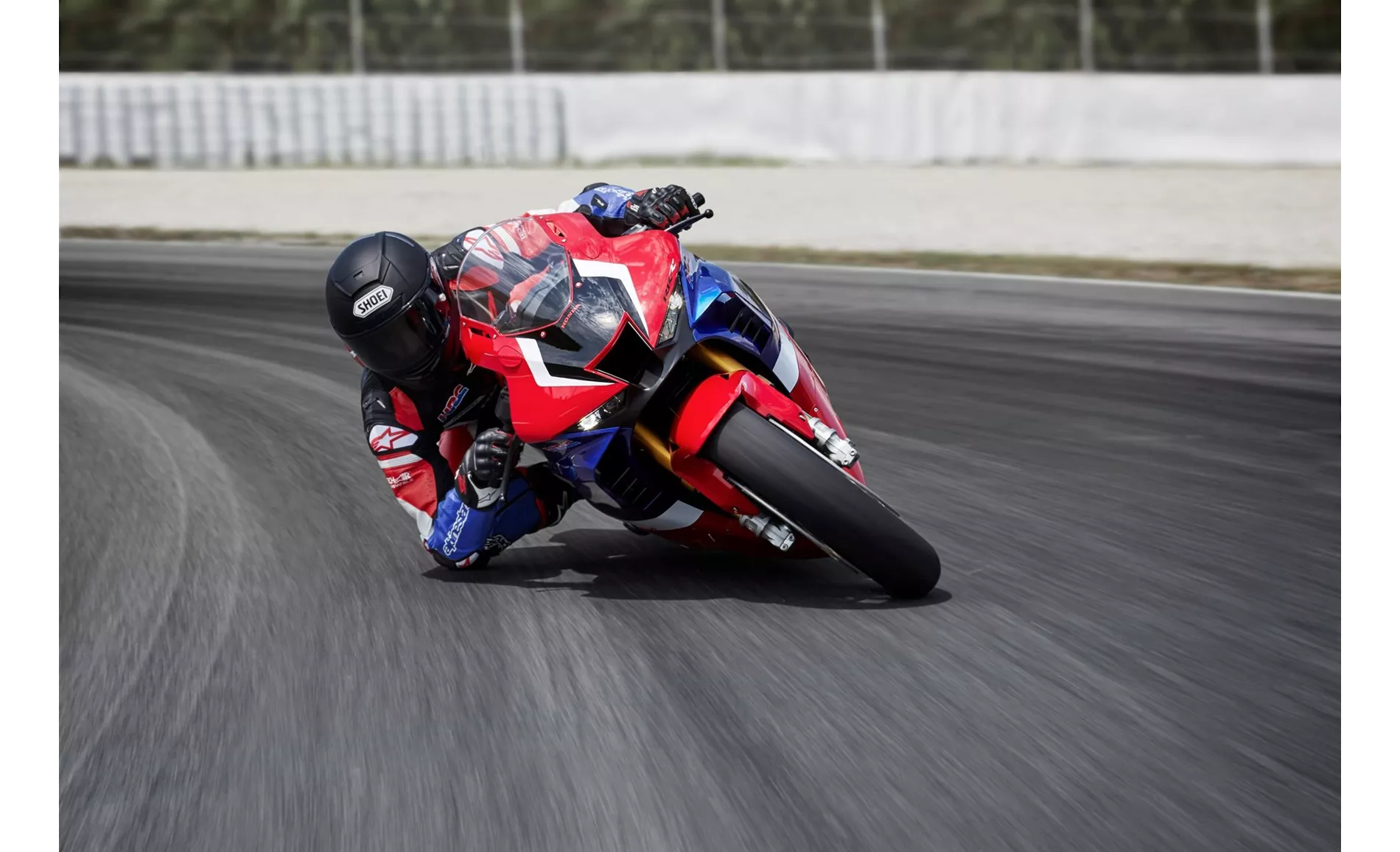
Honda CBR1000RR-R Fireblade SP 2020
On the other hand, the Honda CBR1000RR-R Fireblade SP 2020 is highly regarded for its incredibly powerful powerplant and super-sporty geometry. Despite its sporty nature, it offers good ergonomics, ensuring rider comfort. The motorcycle also boasts a state-of-the-art electronics package, providing advanced features and enhanced safety. Additionally, it offers super crisp feedback from all components, allowing the rider to have precise control. The braking point is transparent and powerful, further enhancing the overall performance. The electronically adjustable Öhlins suspension adds to the bike's versatility and adaptability to different riding conditions.
In terms of weaknesses, the Yamaha R1 2014's wide tail appearance may not appeal to all tastes. On the other hand, the Honda CBR1000RR-R Fireblade SP 2020's engine transmission and power delivery are primarily designed for the racetrack, with not much happening up to around 6000 revs. Additionally, it lacks cruise control, which may be a drawback for some riders.
In conclusion, while both the Yamaha R1 2014 and the Honda CBR1000RR-R Fireblade SP 2020 are high-performance motorcycles, the Honda clearly takes the lead in terms of power and advanced features. However, personal preferences and riding style should also be taken into consideration when choosing between these two models.
Technical Specifications Yamaha R1 2014 compared to Honda CBR1000RR-R Fireblade SP 2020
Pros and Cons in comparison
Pros and Cons in comparison
Yamaha R1 2014
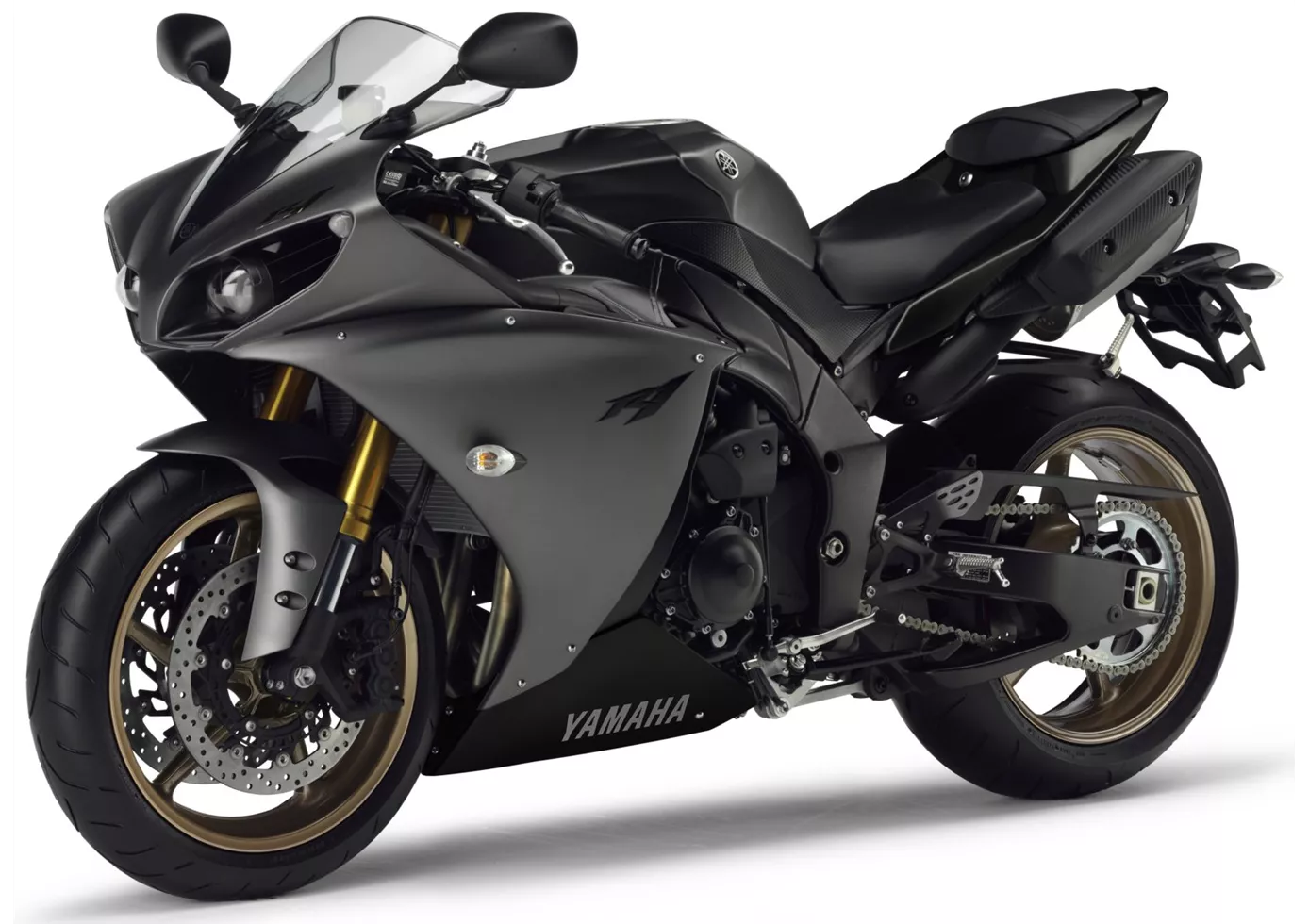
The Yamaha YZF-R1 still inspires with balanced performance - especially the 1000cc engine with its extravagant crank pin offset not only serves the powerful power delivery but also provides a wonderful sound!
Honda CBR1000RR-R Fireblade SP 2020
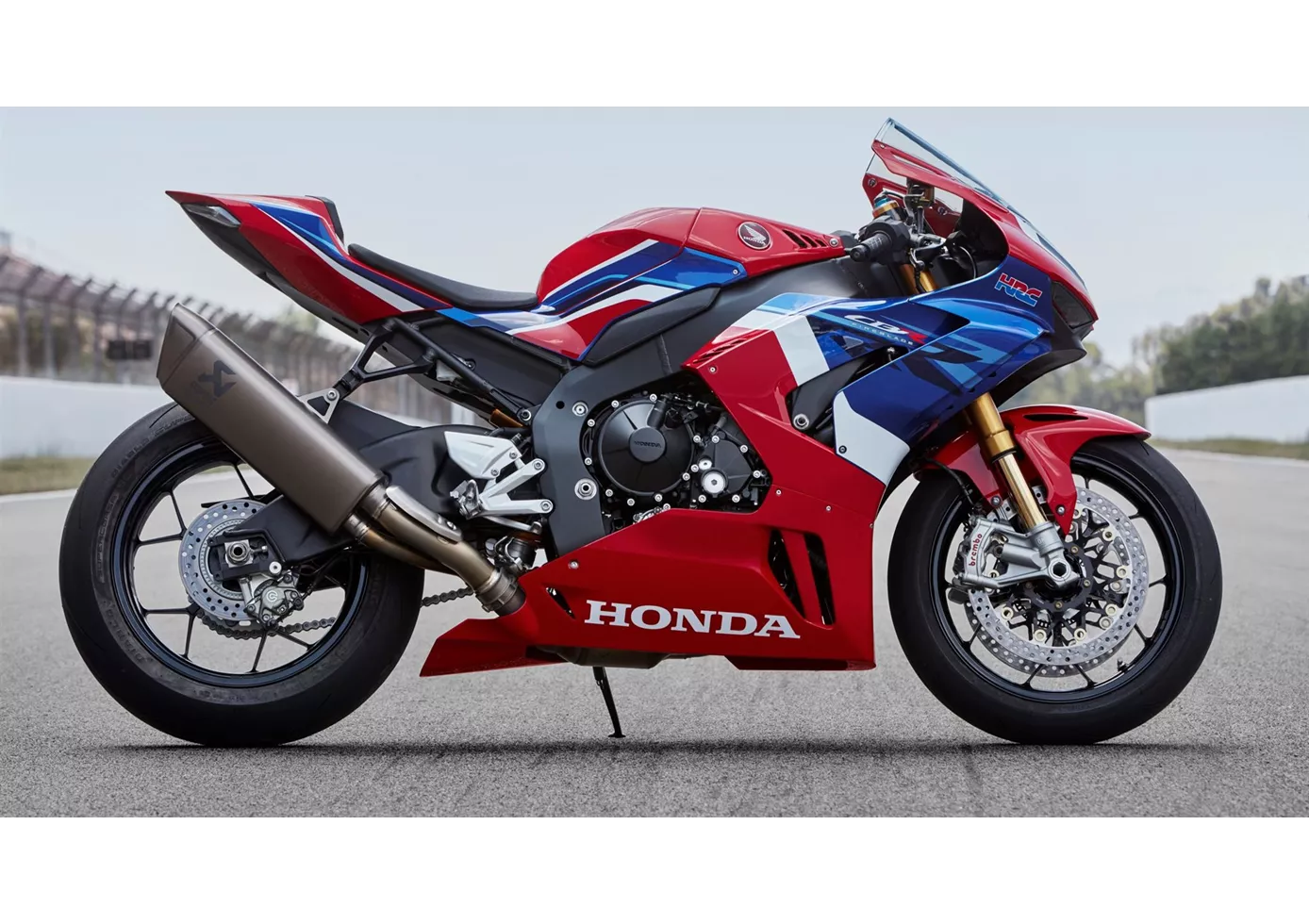
The fans demanded it and Honda delivered: The new CBR1000RR Fireblade SP is the sportiest Blade ever. For the first time, it now has a clear focus on the race track. Many of its strengths, such as the wonderfully stable and direct handling or the braking performance, can of course also be exploited on the country road. But especially in the engine chapter, Honda took a clear path: no compromises, power and lap time come first. This is reflected above all in the fact that below 6000 revs, the power output is rather meagre, which in turn is not quite optimal on the country road. But if that doesn't bother you, you'll be happy with the new Fireblade. Honda took no risks and simply brought the best partners on board for the SP: Akrapovic, Öhlins and Brembo were the congenial partners of the Honda crew. Of course, all these components also have a corresponding price tag.
Price Comparison Avarage Market Price Yamaha R1 vs Honda CBR1000RR-R Fireblade SP
There are a few key differences between a Yamaha R1 2014 and a Honda CBR1000RR-R Fireblade SP 2020. It takes less time to sell a Yamaha R1 with 74 days compared to 163 days for a Honda CBR1000RR-R Fireblade SP. Since model year 2005 1000PS.de editors have written 80 reviews for the Yamaha R1 and 21 reviews for the Honda CBR1000RR-R Fireblade SP since model year 2020. The first review for the Yamaha R1 was published on 28/04/2003 and now has more than 3,900 views. This compares to more than 151,000 views for the first review on Honda CBR1000RR-R Fireblade SP published on 04/11/2019.

